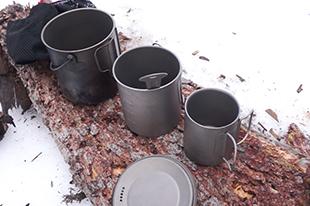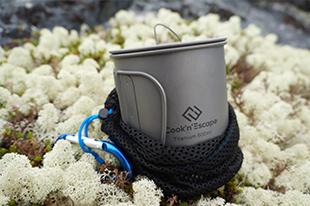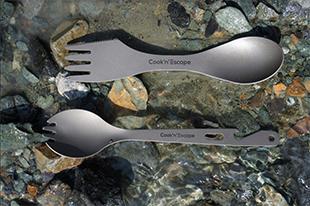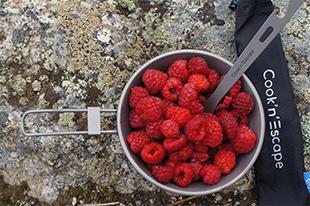Vitamin C in the wilderness

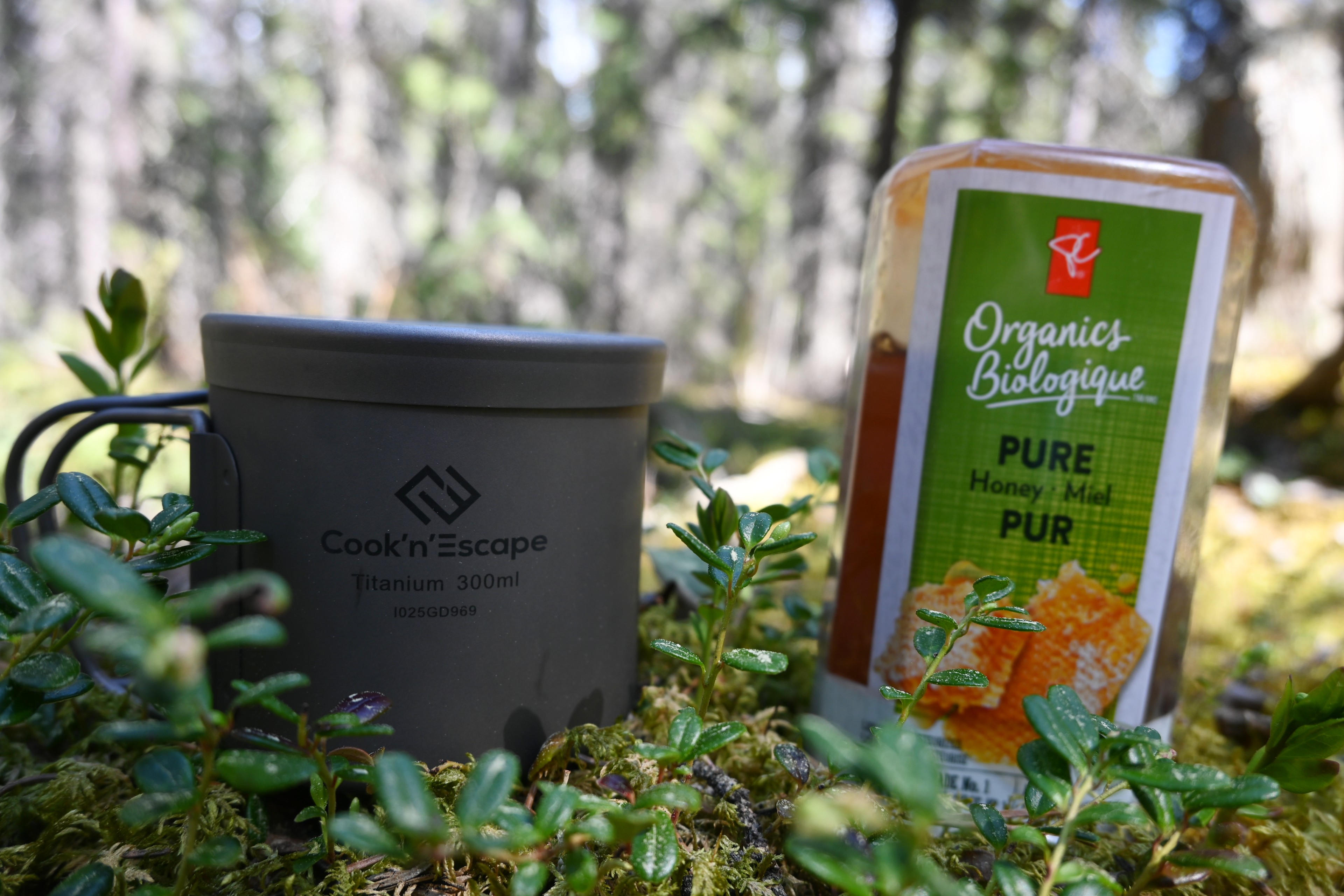
Vitamin C in the wilderness
Vitamin C is not stored by the human body, that’s why it’s a daily need. Most people are getting plenty of it during a regular day. Where to get it? From fruits and vegetables. What if you don’t have access to them? What to do for vitamin C when spending a long period in the wilderness? Sure, it’s always possible to bring supplements, but forget about fruits, they are too heavy and their shelf life is too short! That’s why it is critical to know about foraging!
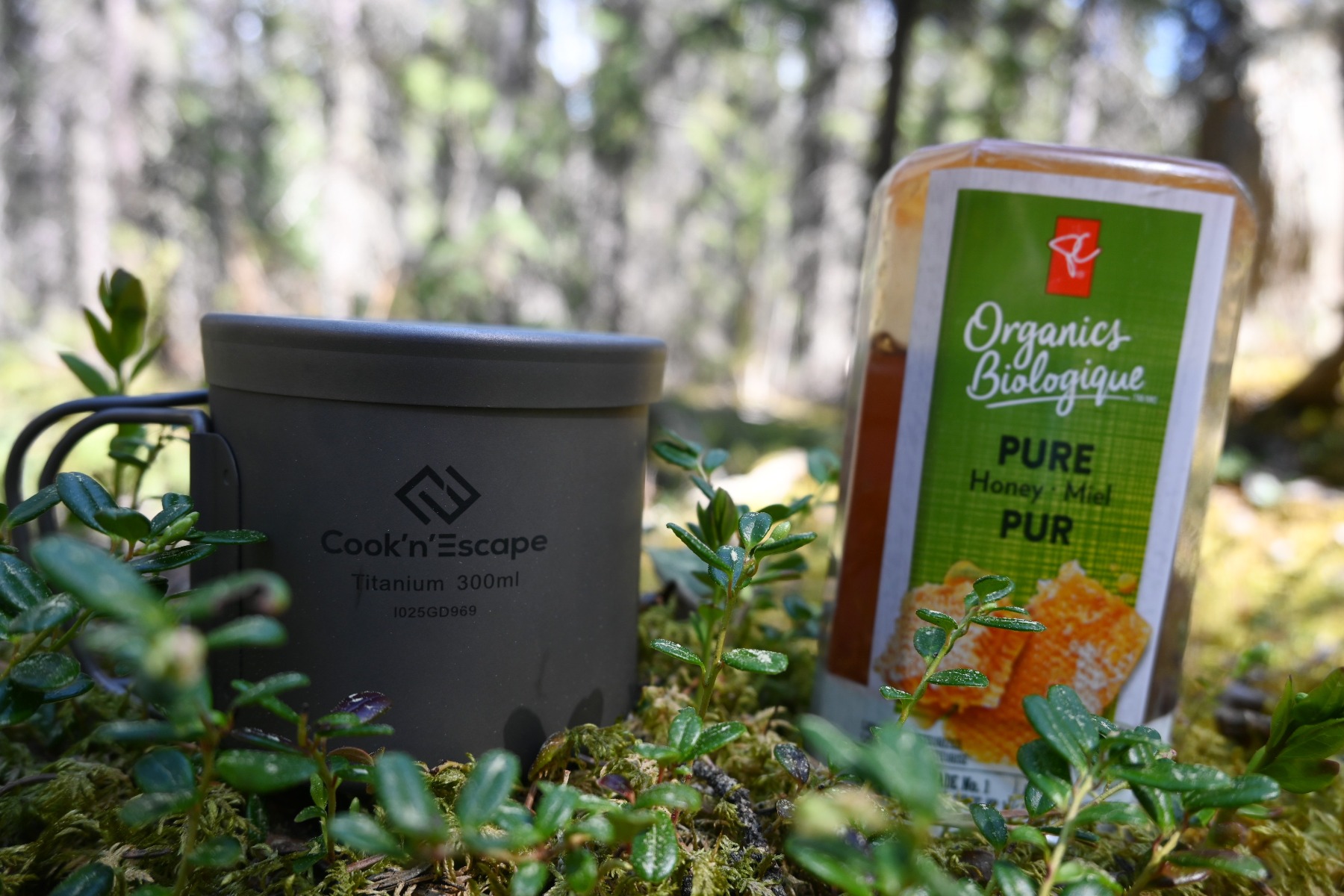
Not consuming vitamin C for an extended time can lead to serious health problems. One of them is scurvy, a disease experienced by many in the past. Swelling of gums, hair loss, loss of teeth, delayed healing, fatigue, and anemia were symptoms of a lack of this vitamin. Every day vitamin C helps the body control infections and heal wounds; it’s beneficial for bones and skin, and it’s an antioxidant. Outdoor people should take a higher dosage of it since it’s especially recommended for people who are very active or who are exposed to cold temperatures.
Where to find the precious vitamin in the Bush? In summer, if you find berries, you are lucky because they are one of the best sources of vitamin C. Wild strawberries, blueberries, raspberries, and cranberries are wonderful tasty finds. On the downside, they are only available for relatively short periods. That’s why it’s important to know as much as possible about wild harvesting. What are the other sources of vitamin C in the boreal forest?
In autumn, the wild rose hip is a delicious choice. Seeds are indigestible, however, and it’s the skin and the pulp that contain a good amount of vitamin C. The petal of the rose will also be a great source of vitamins in spring and summer. Savor them in salads!
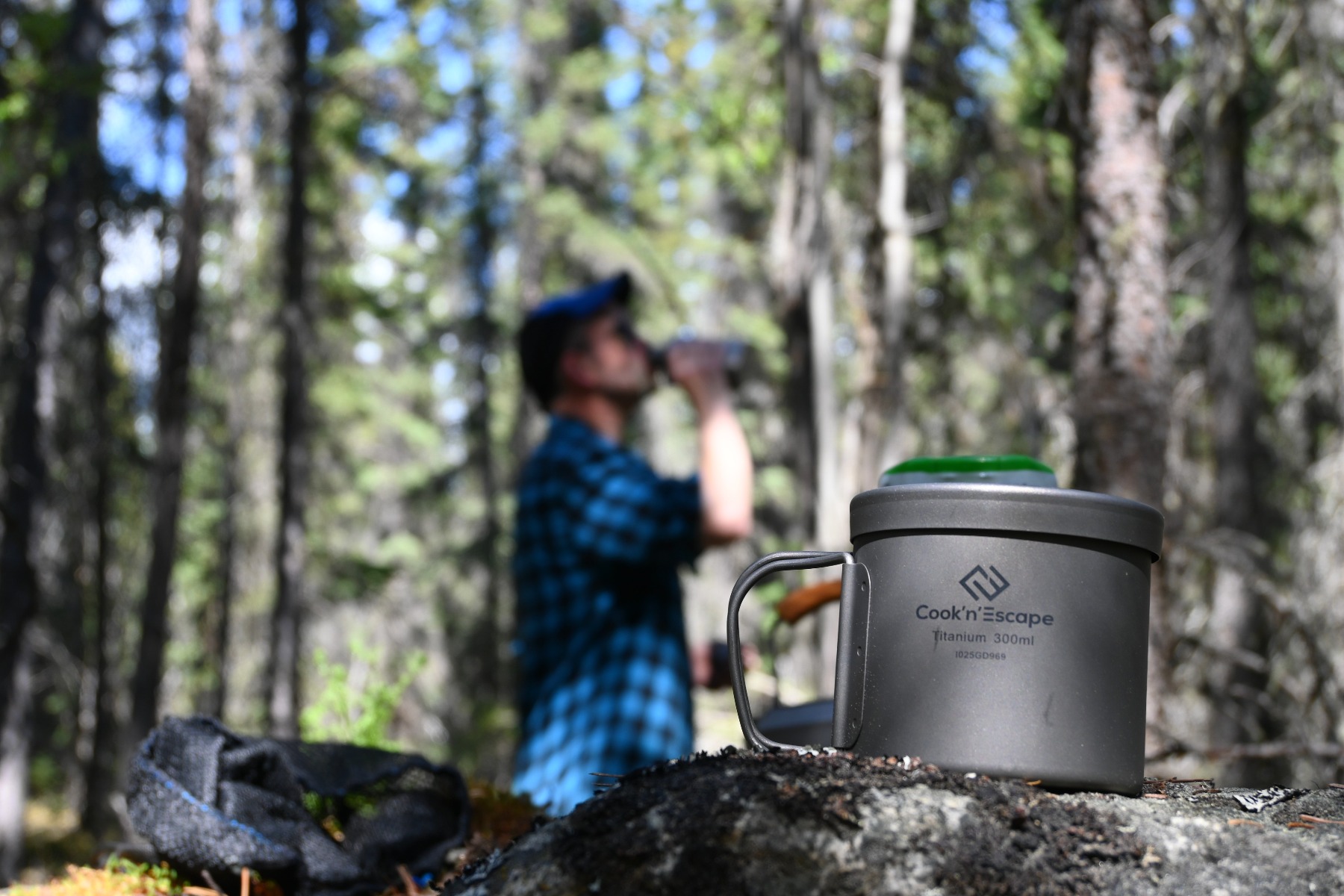
Fireweeds are also fantastic. They are not only beautiful, but almost all is edible in that plant: leaves, flowers, roots, etc. But our favorite is shoots in the spring. They are called “wild asparagus,” and they are delicious in stir-fries or in salads.
Dandelions are a widespread source of vitamin C as well. They are easy to identify, and you can eat flowers, leaves, and roots. Eat them in raw in salads or fried.
Labrador tea leaves contain a decent amount of vitamin C and are available for many months, as long as they are not covered by snow. Their taste is incredible in a wilderness tea.
For availability, nothing beats spruce tips, the new growth at the tip of resinous branches. They are so tender you can eat them raw. Add them to many dishes: salads, pasta, stews, curries, etc.
The most convenient, available year-round and everywhere, source of vitamin C, is, without a doubt, pine needles! The simpler, yet delicious wild teas are made of those. Here is a quick recipe: 1-boil water in your titanium cup, 2- grab a handful of pine needles, 3- stop the boiling water, and drop the needles in the cup; the needles should not be boiled as this destroys vitamin C, 4- cover with a lid and wait for at least 10 minutes, 5-strain the needles and add a bit of honey, 6- drink your vitamin C rich tea!


